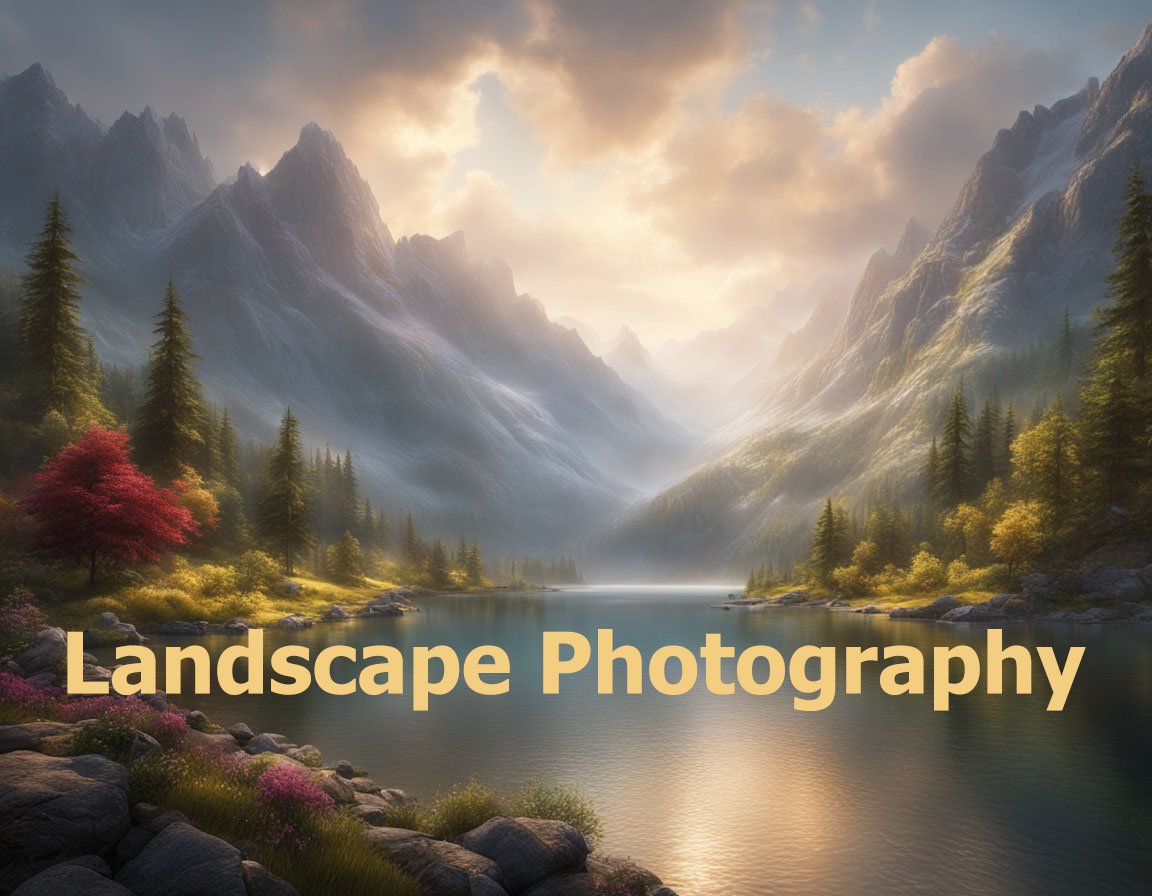Embracing the art of nature photography requires an understanding of dynamic compositions to capture the fleeting, picturesque moments found in the natural world. Achieving this necessitates a poignant knowledge of artistic principles combined with technical skills.
Start by effectively employing the rule of thirds—a fundamental principle in photography that divides the image into nine equal segments using two equally spaced horizontal and vertical lines. Placing your subject along these lines or at the intersections naturally guides the viewer’s eye, creating a balanced yet intriguing composition. For instance, positioning a soaring bird along the top third can convey a sense of movement and freedom.
Incorporate leading lines to draw attention to specific focal points. Elements like rivers, pathways, or a row of trees can act as visual guides. Leading lines not only define the composition but add depth, inviting viewers to journey through the image. For example, capturing a winding path through a forest can lead the eye from the foreground to the ethereal gleam of sunlight filtering through the canopy.
Utilize the principle of symmetry and patterns to capture harmonious compositions in nature. Symmetry creates a sense of order and equilibrium, whether it’s the reflection of mountains in a tranquil lake or the mirrored wings of a butterfly. Patterns, on the other hand, reside in the repetitive occurrence of elements such as waves or a flock of birds. Breaking a pattern with an unexpected subject—like a lone bird in a cluster—adds intrigue and focus.
Layer your compositions to add dimensions and enhance the story your photograph tells. Foreground, middle ground, and background components can transform flat images into dynamic stories. Consider a scenic landscape: foreground elements like rocks or flowers, coupled with a middle ground of rolling hills and a mountainous background, forge depth and interest.
Experimenting with angles and perspectives can vastly influence the composition. Shoot from a lower angle to create imposing, grand scenes of towering trees or mountains. Alternatively, elevate your viewpoint for dramatic overhead shots that capture sprawling vistas or patterns that are not visible otherwise. A change in perspective can reveal unexpected beauty, bringing a fresh narrative to your shots.
Natural lighting plays a crucial role in nature photography. The golden hour—periods during sunrise and sunset—bathes scenes in a soft, warm glow, accentuating textures and creating depth. Embrace dramatic lighting situations like stormy backdrops or the interplay of light and shadows in a dense forest to convey mood and emotion. Pay close attention to how light interacts with your subject, ensuring it highlights the composition’s key elements.
Explore color theory to enrich your compositions. Harmonious color schemes, like analogous or complementary colors found in nature, can invoke emotion and create visual interest. Consider the contrast of a bright orange sunset against a vast blue ocean, or the vivid greens of a forest interspersed with the colorful plumage of birds. Understanding the emotional implications of each color can enhance the storytelling aspect of your images.
Manually controlling your camera settings is vital for precise compositions. Adjust your aperture to manipulate depth of field, blurring backgrounds to highlight subjects or bringing an entire scene into focus. The shutter speed can freeze motion, capturing a fleeting expression of wildlife or the splash of a waterfall, while a slower speed can create ethereal, motion-blurred landscapes.
Post-processing is an invaluable tool in perfecting your nature compositions. Software like Adobe Lightroom or Photoshop can fine-tune exposure, contrast, and color balance, empowering your original vision. However, exercise restraint to ensure authenticity and preserve the integrity of the scene.
Crafting dynamic compositions in nature photography demands patience, creativity, and a deep connection with the environment. Observing wildlife behavior, the changes in natural landscapes, and ecological phenomena enhances your capability to anticipate and capture unforgettable images. Becoming attuned to these elements is a continuous journey that refines the photographer’s eye.
Creating arresting nature compositions is an art balanced between technical prowess and the innate beauty of the natural world. Through practice and experimentation, photographers can hone their skills, crafting images that captivate and evoke joy, wonder, and respect for the world’s vibrant tapestry. Remember, the dynamic interplay between light, color, and composition is the secret ingredient that transforms an ordinary scene into an extraordinary image. Keep exploring and evolving your perspective, energizing your portfolio with images that participants savor and audiences remember.


